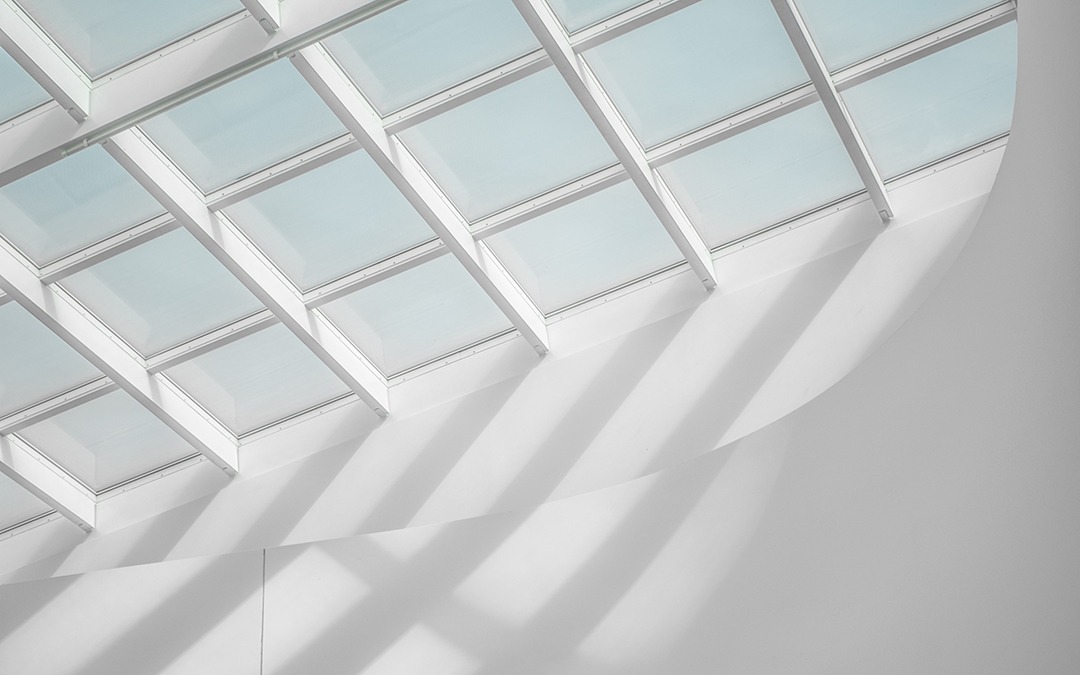
Is your business depreciating over a 30-year period the entire cost of constructing the building that houses your operation? If so, you should consider a cost segregation study. It may be possible to accelerate depreciation deductions on certain items, lowering taxes and increasing cash flow. And, because of changes to some depreciation-related tax deductions, the potential benefits of a cost segregation study are now considerably larger than they were a few years ago.
Depreciation fundamentals
Business buildings, on average, have a 39-year depreciation time (27.5 years for residential rental properties). The structural components of a building, including walls, windows, HVAC systems, elevators, plumbing, and wiring, are usually depreciated simultaneously with the building. Equipment, machinery, furniture, and fixtures are all eligible for accelerated depreciation, which is normally spread out over five or seven years. Land improvements, such as fences, outdoor lighting, and parking lots, are also depreciable over a 15-year period.
Frequently, businesses commit all or nearly all of their building acquisition or construction costs to real estate, ignoring possibilities to allocate costs to shorter-term personal property or land improvements. The boundary between real and personal property is evident in some circumstances, such as computers or furniture. However, the distinction between the two is commonly blurred. Detachable wall and floor coverings, removable partitions, awnings and canopies, window treatments, signs, and ornamental lighting are examples of items that appear to be “part of a structure” but are actually personal property.
Additionally, certain goods that would ordinarily be considered real property may qualify as personal property if they serve a business function rather than a structural function. Dedicated cooling systems for data processing rooms, for example, or reinforced flooring to support heavy manufacturing equipment, electrical or plumbing infrastructure required to operate specialized equipment.
READ MORE: Make the Most of Depreciation Deductions to Reduce Your Tax Bill
Sort property into relevant asset classifications
A cost segregation study combines accounting and engineering methodologies to identify construction expenditures that should be allocated to tangible personal property rather than real estate. Despite the fact that the relative costs and advantages of a cost segregation study are dependent on your specific facts and circumstances, it still might be a wise investment.
The Tax Cuts and Jobs Act (TCJA) improves some depreciation-related tax deductions, which could boost the value of a cost segregation study. The act also extended the permanent restrictions on Section 179 expensing, which allows you to deduct the whole cost of qualifying equipment or other fixed assets up to certain levels.
The TCJA also made approved improvement property eligible for 15-year property treatment. Previously, eligible leasehold improvements, retail improvements, and restaurant property were exempt from the tax. It also enhanced first-year bonus depreciation to 100% for a limited time (from 50 percent).
Cost segregation savings might be significant
Fortunately, it’s not too late to take advantage of faster depreciation for items that were thought to be part of your structure for depreciation reasons. To claim the depreciation that you could have already claimed, you don’t have to revise your previous returns (or meet a deadline for collecting tax refunds). Instead, you can claim that depreciation by following steps that will result in an “automatic” IRS agreement to a change in your depreciation accounting when you file your next tax return.
Cost segregation studies can be beneficial, but they aren’t suited for every company. We can determine whether a study will result in overall tax savings that exceed the study’s costs. Please contact us to see whether this is something that might be beneficial to you.